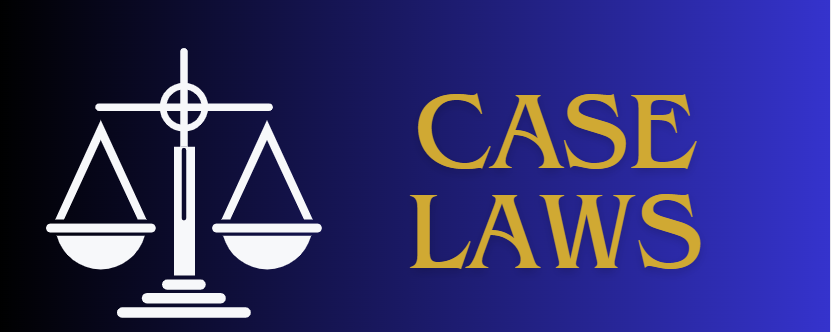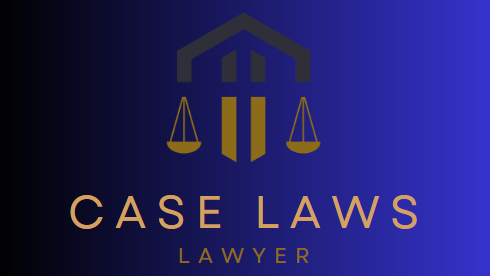Examination-in-chief, recording of--- Techniques---During examination-in-chief, two out of many techniques are most popular which are allowed to be followed by prosecution i.e. (i) signposting, and (ii) piggybacking---Signposting in fact is an indicator to alert witness to a particular part of his testimony e.g. telling the witness that now some questions would be asked about his status/work or questions about his relation with other witnesses and so on---Such bit-by-bit examination helps the witness to recollect facts clearly and it is permissible as per international best practices---Piggybacking is a form of question arranged with the part of answer given by witness while using it as prefix to next question.
MUHAMMAD RAMZAN Versus The STATE
2023 P Cr. L J 1156
Evidence,
Recording of Evidence---Objection to admissibility---Scope---Any objection on admissibility of evidence by any party is to be attended by Court then and there and decided first so as to proceed further in the matter---Such objection should not be reserved for its decision at fag end of trial.
MUHAMMAD RAMZAN Versus The STATE
2023 P Cr. L J 1156
Charge in Court has to be proved through evidence as defined in Art. 2(c) of Qanun-e-Shahadat, 1984, which includes “all statements which the Court permits or requires to be made before it by witnesses, in relation to matters of fact under inquiry---Article 18 of Qanun-e-Shahadat, 1984, ordains that evidence can only be given of “fact in issue” and “relevant fact” which commands that Qanun-e-Shahadat, 1984 is an exhaustive statute---Evidence can only be given in the manner as permitted by Qanun-e-Shahadat, 1984 and no other hypothesis how strong or relevant can be allowed to be brought on record unless Qanun-e-Shahadat, 1984, permits or accepts it as admissible---What one prosecution witness had observed by her senses could only be deposed by her and none other as required by Art. 71 of Qanun-e-Shahadat, 1984---Other prosecution witness was witness of facts touching preparation of offence as mentioned in Art. 21 of Qanun-e-Shahadat, 1984 and explanatory to fact in issue as per Art. 22 of Qanun-e-Shahadat, 1984, when she had seen accused in naked condition with victim, thus her evidence was also admissible---Permission to bring on record relevant evidence is controlled by exclusionary rules---Court while admitting evidence is to refer gist of evidence or question to be asked, objection if any, reply thereto, and decision thereon before it is made part and parcel of judicial record---Where a judge after attending provisions of Qanun-e-Shahadat, 1984 and precedents on the subject is in doubt as to admissibility of a particular piece of evidence he should declare it in favour of admissibility rather than inadmissibility because its value would later be determined by Court of Appeal as per Art. 162 of Qanun-e-Shahadat, 1984---High Court directed Trial Court to proceed to record evidence of two prosecution witnesses summoned as additional witnesses from the stage it was discontinued
MUHAMMAD RAMZAN Versus The STATE
2023 P Cr. L J 1156
Classification of Evidence---Any given item of judicial evidence may attract more than one of the labels by which varieties of evidence have been classified---Principal labels are (i) Testimony, (ii) Hearsay evidence, (iii) Documentary evidence, (iv) Real evidence and (v) Circumstantial evidence---Testimony means direct evidence; hearsay, an indirect evidence; documentary evidence means presentation of facts through documents; real evidence includes material things (like case property)---In addition to material objects, real evidence also includes documents, physical appearance of persons and animals, demeanour of witnesses, intonation of voices on a tape recording, views, inspections out of courts of locus in quo or of some object which it is impossible or highly inconvenient to bring to court, and, possibly, out-of-court demonstrations or re-enactments of acts or events into which Court is inquiring---Circumstantial evidence means evidence of relevant facts like motive, plans and preparatory acts, capacity, opportunity, identity, continuance, failure to give evidence, failure to provide evidence and standards of comparison.
MUHAMMAD RAMZAN Versus The STATE
2023 P Cr. L J 1156
Relevancy and admissibility of Evidence---Scope---Though by judicial reasoning relevant evidence is usually admissible but there are certain restrictions on admissibility depending upon exclusionary rules of evidence---Such artificial restrictions on the process of judicial reasoning known as rules of evidence are not uniform in the policy they seek to implement--- Rules of evidence are all attributable to policy considerations and have nothing to do with their value or links in rational chain of reasoning which restrict, rather than promote access to potentially useful information---Unlike relevance, admissibility has nothing to do with probative or logical relationship between evidence tendered and effect to be proved---Admissibility involves exclusively a determination of whether law of evidence permits relevant evidence of a particular kind to be received by the court---Some evidence, such as hearsay, is excluded, even though relevant, because of danger of unreliability inherent in repeated statements and because it cannot be cross-examined effectively---Confession of accused though relevant yet if recorded while in police custody is not admissible because of the reason it can be procured due to threat, duress or coercion thus regarded as unreliable---Some evidence such as evidence of previous bad character of accused in a criminal case is excluded, even though relevant, because of considerations of fairness to the accused and danger of prejudice flowing from judge’s becoming aware of his records.
MUHAMMAD RAMZAN Versus The STATE
2023 P Cr. L J 1156





0 Comments